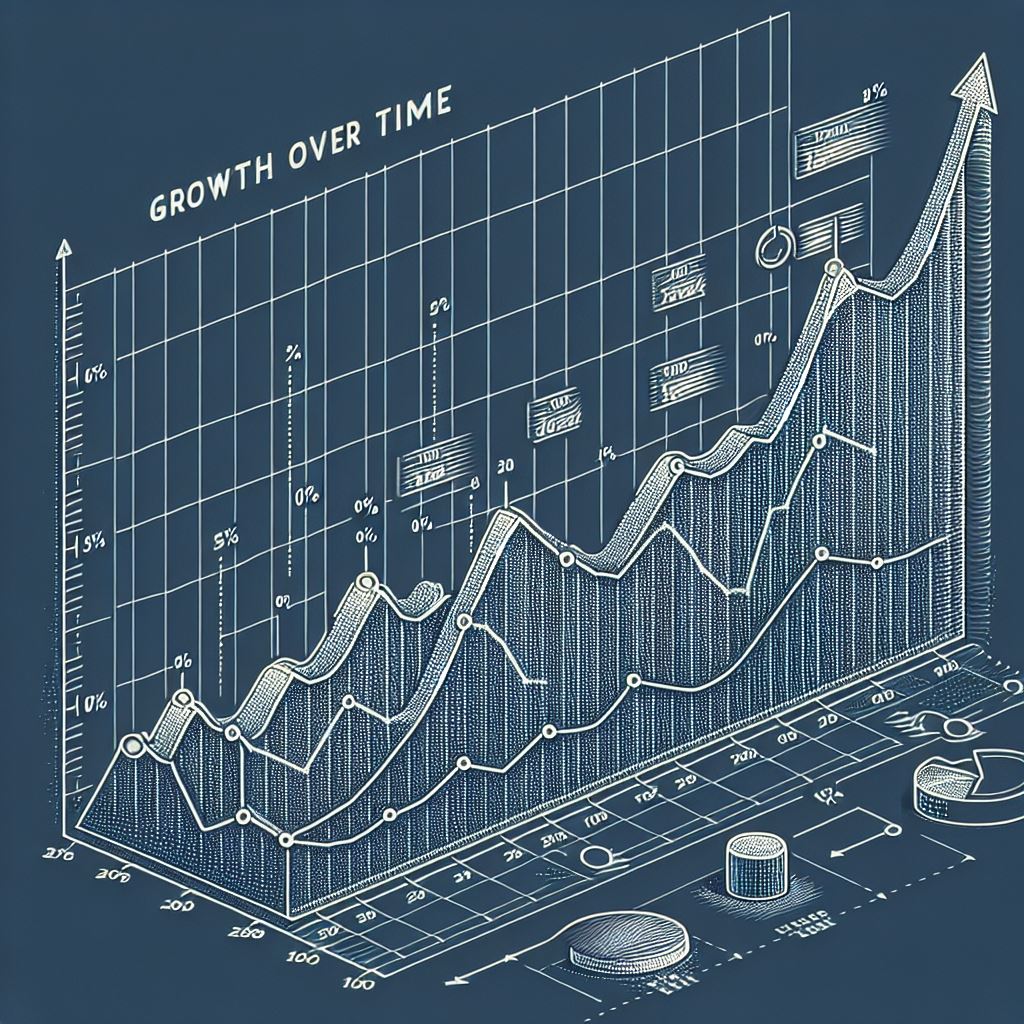3 Strategies from Leaders that Thrived
1. Strategic Buying

For small manufacturing companies, strategic buying is especially important to mitigate risks during challenging times. These companies often operate with tighter budgets and fewer resources, making efficient purchasing decisions critical.
Strategic buying involves selecting reliable suppliers who can provide consistent quality and timely deliveries. By building strong relationships with multiple suppliers, small manufacturers can avoid disruptions if one supplier faces issues. Negotiating favorable terms, such as bulk discounts or extended payment periods, can also help manage cash flow more effectively.
Additionally, small manufacturers should focus on maintaining an optimal inventory level. This means avoiding overstocking, which ties up capital, and preventing stockouts, which can halt production. Implementing just-in-time inventory practices can be beneficial.
Assessing the financial stability and reliability of suppliers is another key aspect. Ensuring that suppliers can meet their commitments even in tough times helps maintain a steady supply chain.
Overall, strategic buying enhances resilience, ensuring business continuity and stability for small manufacturing companies in uncertain environments.
2. Not staying paralyzed as a small manufacturer during challenging times.

For small manufacturers, it’s crucial not to be paralyzed by fear during challenging times. Instead, focus on proactive strategies to navigate uncertainty. Start by assessing your current situation and identifying potential risks. This helps in creating a clear action plan.
Stay informed about market trends and industry developments. Knowledge empowers you to make informed decisions and adapt to changing conditions. Diversify your customer base and suppliers to reduce dependency on any single source, which can mitigate risks associated with supply chain disruptions.
Invest in technology and innovation to improve efficiency and reduce costs. Automation and digital tools can streamline operations and enhance productivity. Additionally, maintain open communication with your team, encouraging a culture of resilience and adaptability.
Lastly, seek support from industry networks and professional advisors. They can provide valuable insights and resources to help you navigate tough times. By staying proactive and adaptable, small manufacturers can overcome challenges and emerge stronger.
3. Focused on good financial decisions during the lockdown and now.

During the lockdown, making good financial decisions was crucial for small manufacturers to survive and thrive. Prioritizing cash flow management was essential. This involved closely monitoring expenses, cutting non-essential costs, and negotiating better payment terms with suppliers to maintain liquidity.
Investing in technology to streamline operations and reduce costs was another smart move. Automation and digital tools helped improve efficiency and productivity, allowing businesses to do more with less. Diversifying revenue streams by exploring new markets or product lines also provided a buffer against economic downturns.
Now, as the situation stabilizes, continuing these practices is vital. Focus on building strong relationships with suppliers and customers to ensure stability. Regularly review financial statements to identify areas for improvement and make informed decisions. Additionally, maintaining a healthy cash reserve can provide a safety net for future uncertainties.
By staying vigilant and adaptable, small manufacturers can navigate challenges and position themselves for long-term success.
As a reminder, this is where these comments originated.
Just as the lockdown occurred in 2020, I reached out to leaders in my network and asked them several strategic questions. I did this as a hedge against falling into the void for myself and possibly for them if it served that purpose.
The responses were obviously shaded with fear and concern, as well as toughmindedness that ended up enabling most of them to survive and even thrive during the lockdown.
How did you make it and thrive?
Then, when the dust seemed to settle in 2022, I went back to those same leaders and asked them how they survived the apocalypse. The responses are a treasure chest of business counsel that stands the test of time in good times or bad.
The following are a few comments from these leaders after the apocalypse…which didn’t really happen, especially the way the media portrayed it. The world did not end, but unfortunately there was plenty of collateral damage and lives lost.